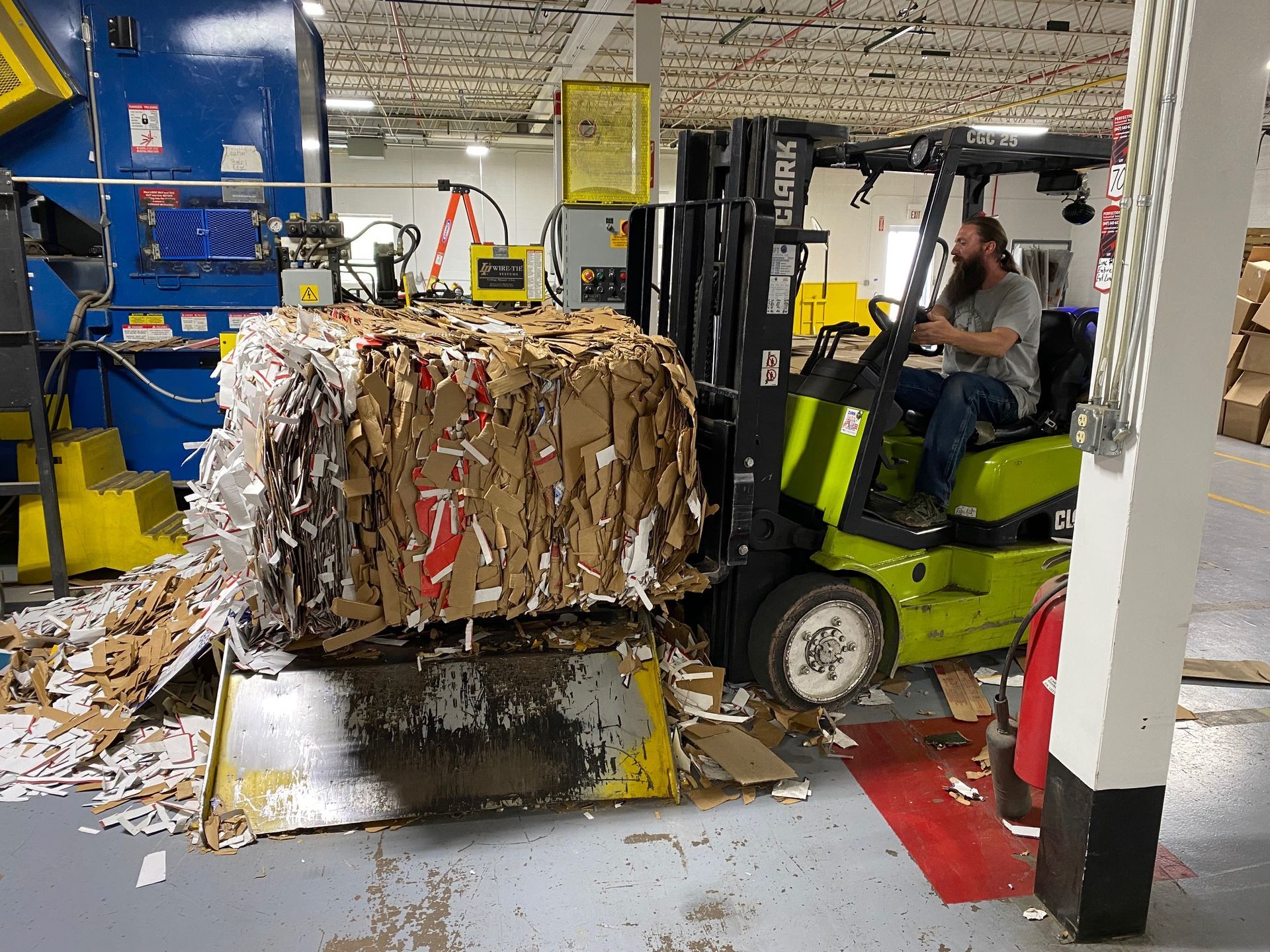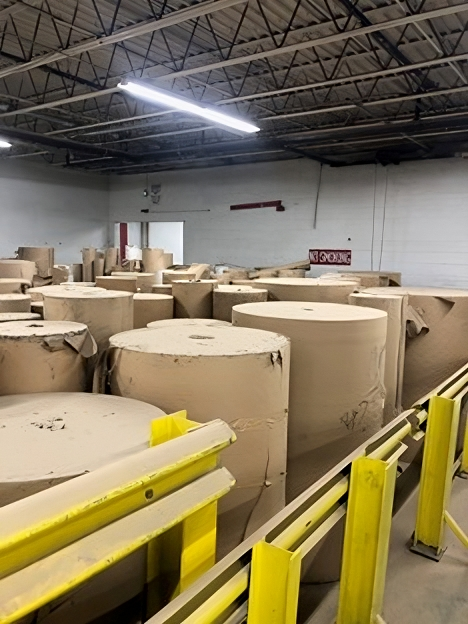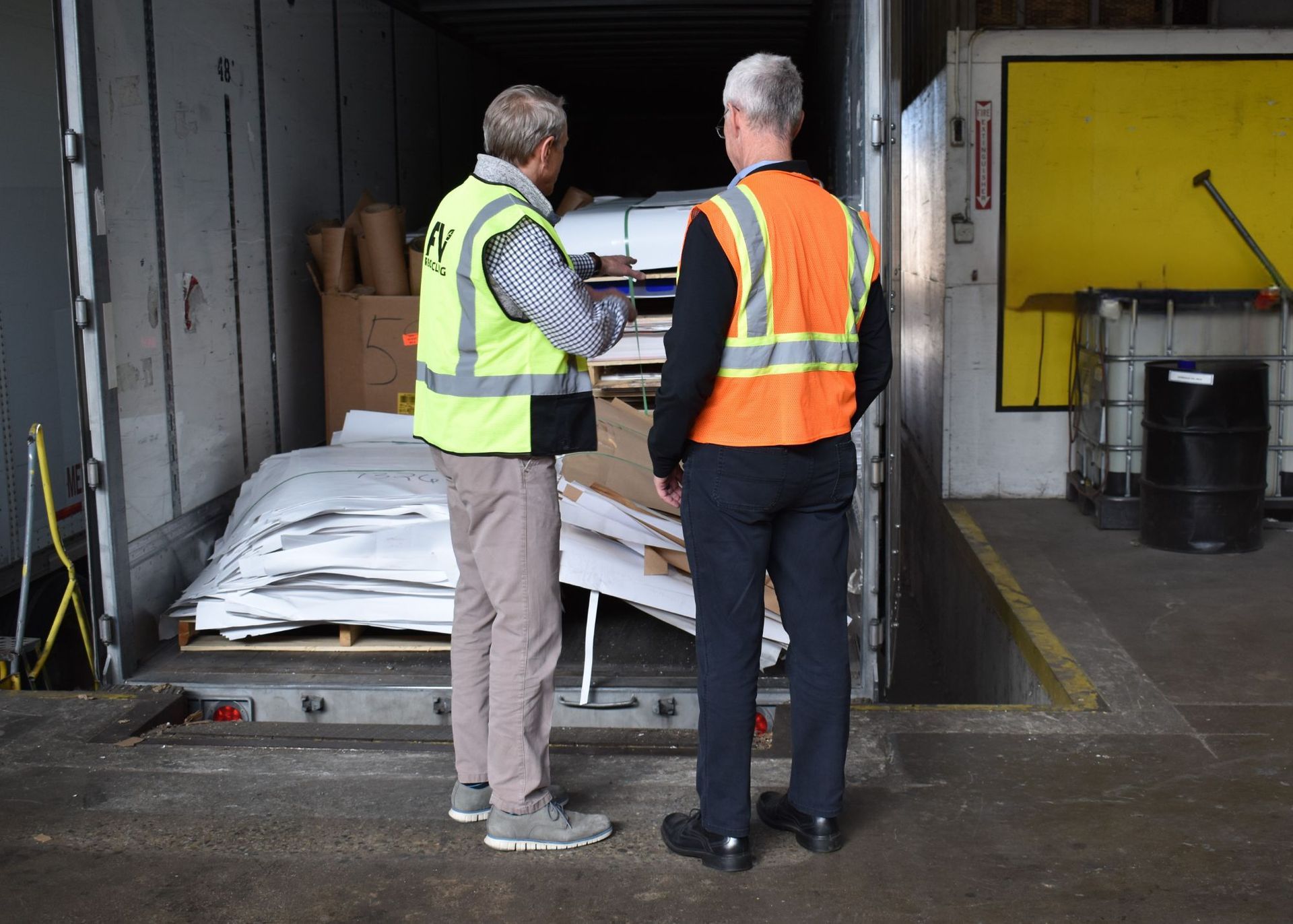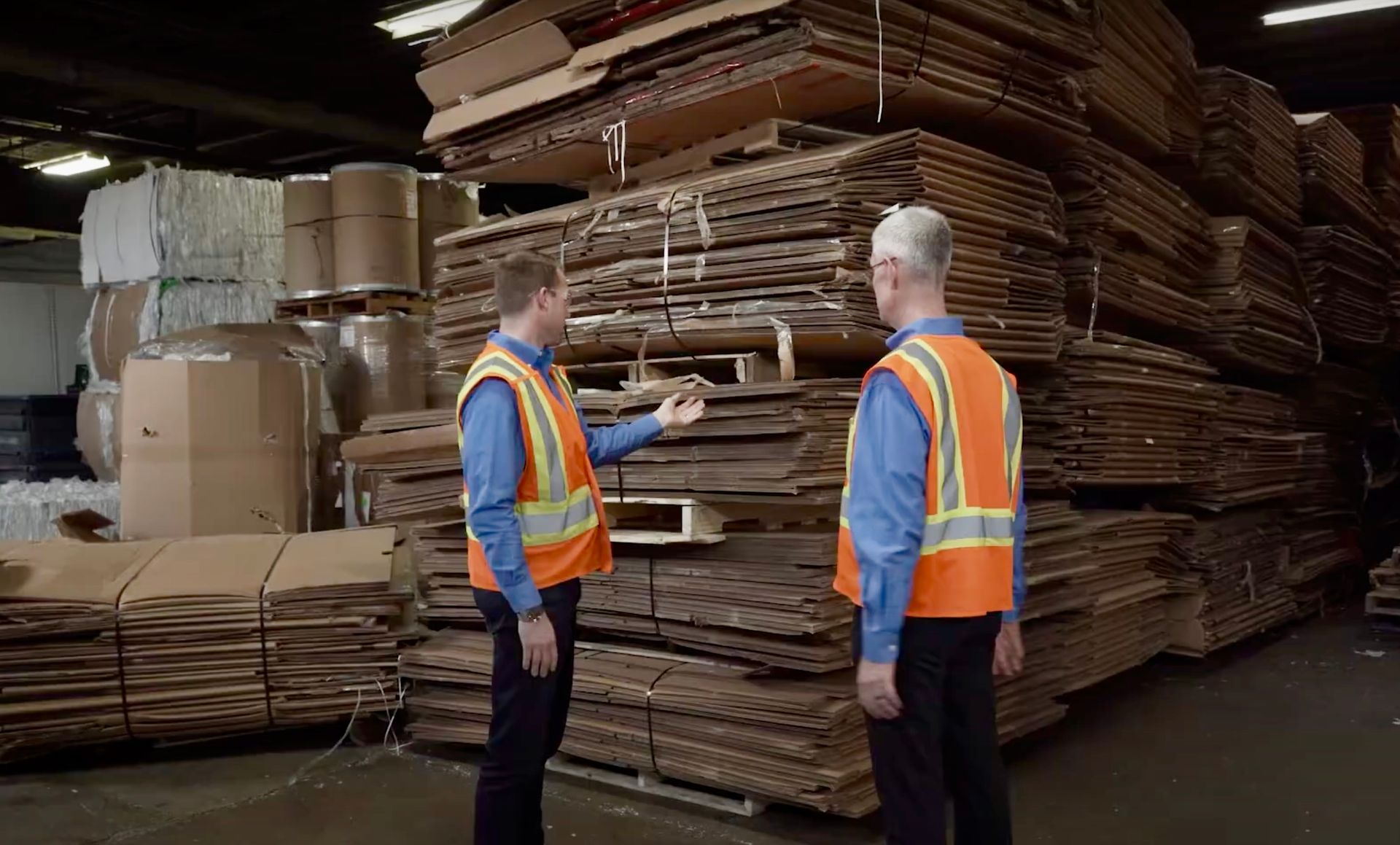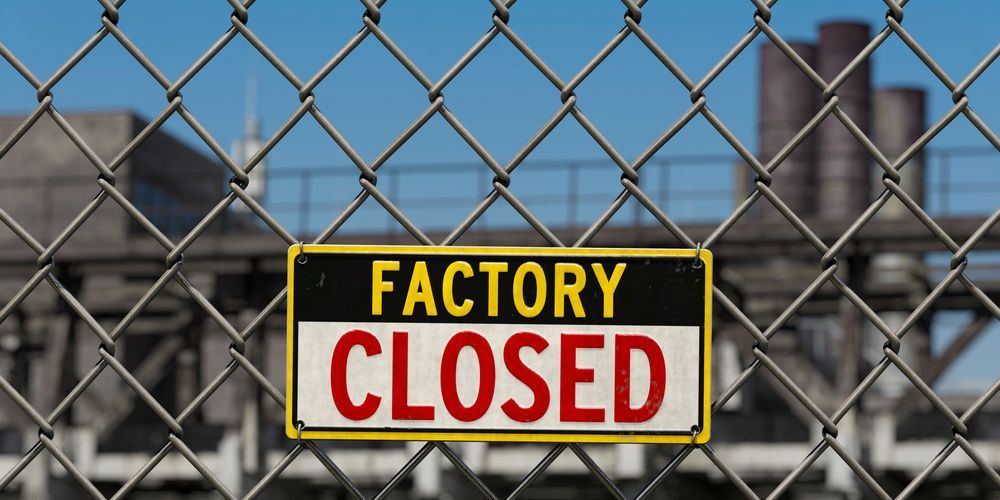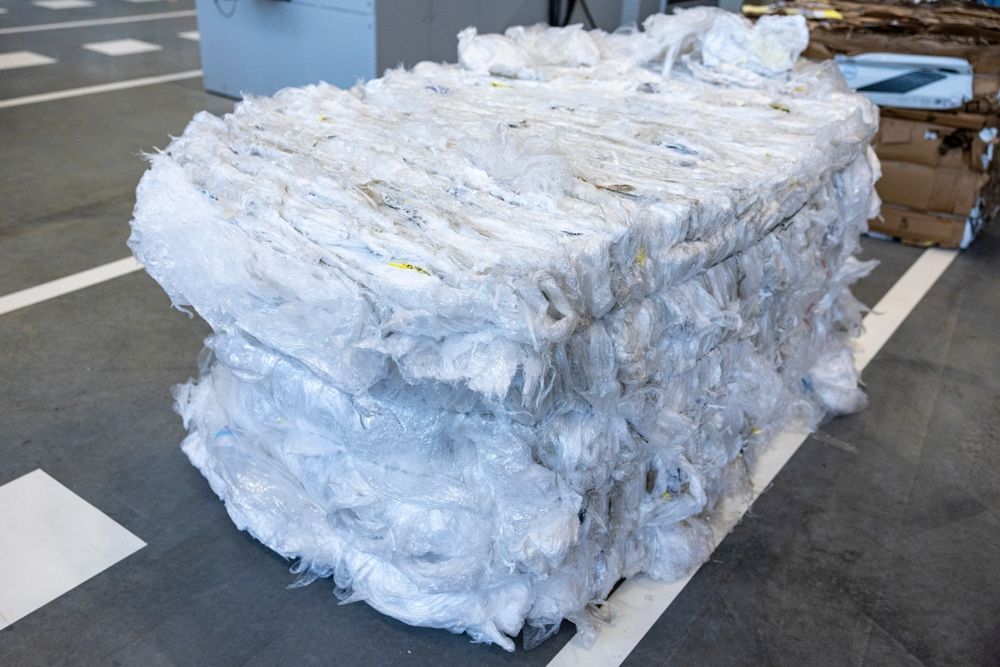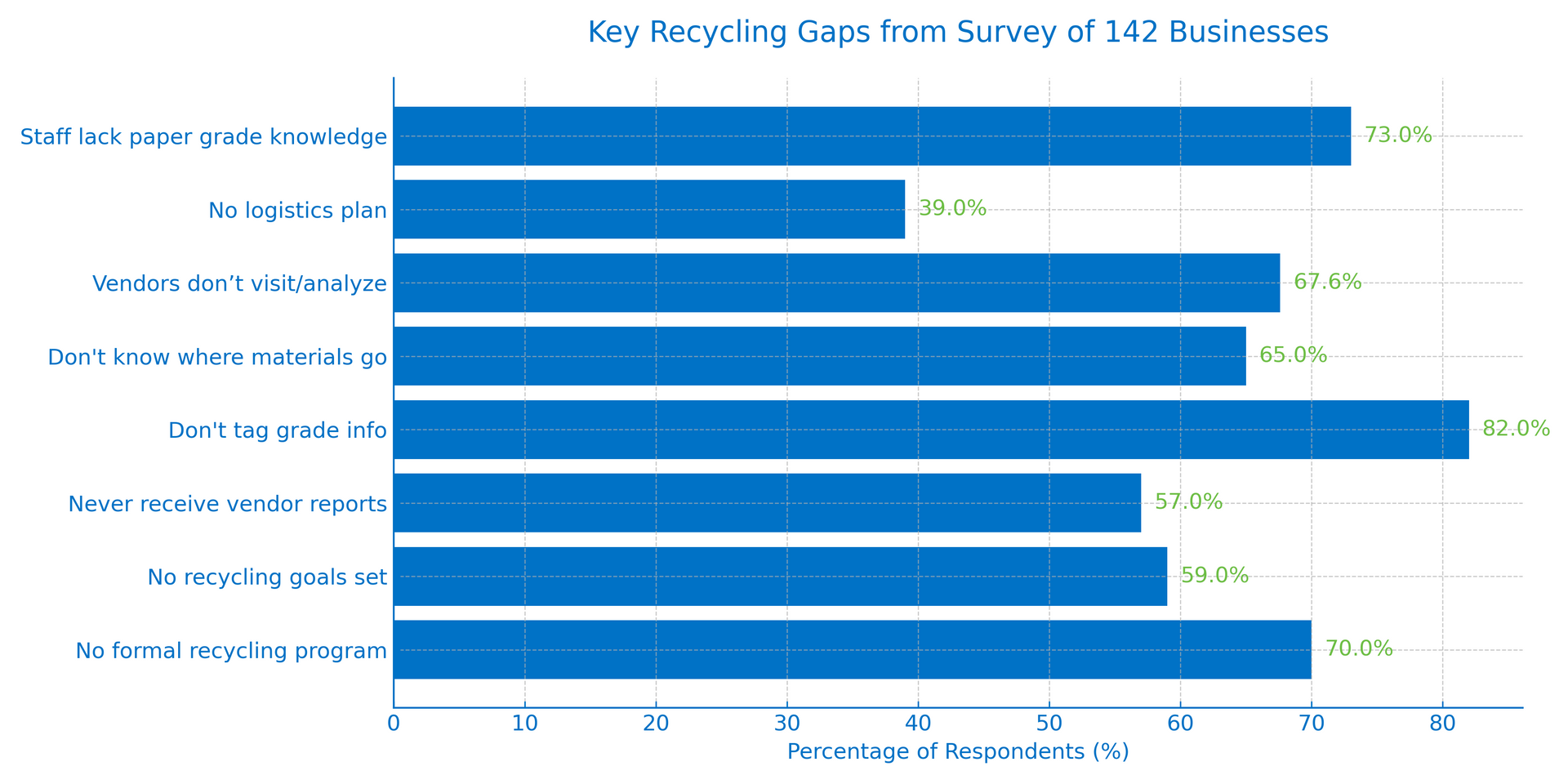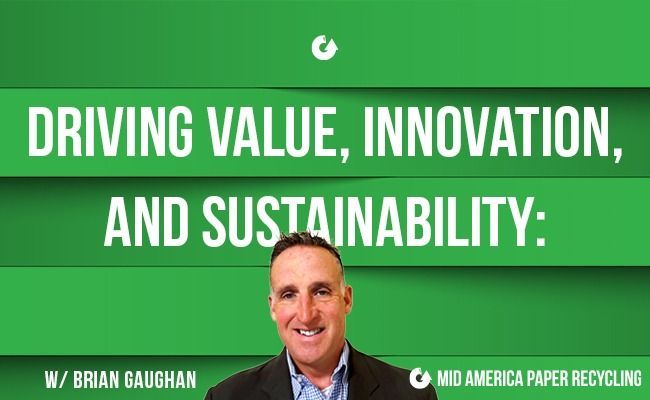Enviro-friendly side hustle for the pulp mills?
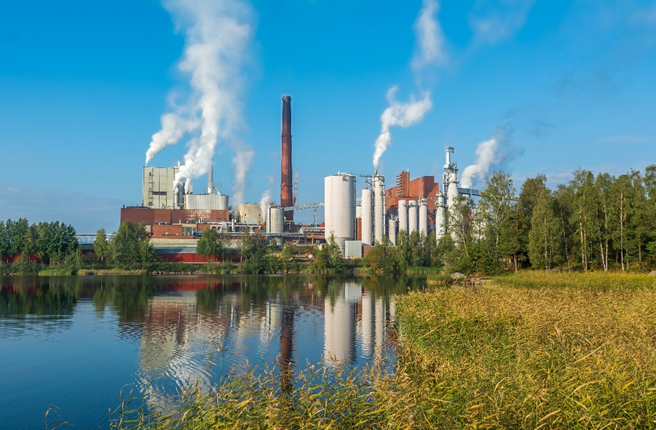
If it’s one thing we love, it’s innovation. Finding innovative ways to increase recycling, sustainability and positive actions for the environment topped the list of annual goals from most businesses, from equipment manufacturers to mills, recyclers, and converters alike.
We hear that many paper mills are partnering with forest sustainability programs to strengthen their commitments to implement and maintain forest chain of custody requirements. Some mills are promoting circularity in their value chain with the help of their suppliers, and practicing responsible forest stewardship, which contributes to the removal of carbon dioxide from the atmosphere, helping to reduce greenhouse gas emissions during manufacturing and increasing the recovery and recycling of fiber-based products.
But select pulp mills, the majority of which are highly efficient already, are evaluating a creative way to effectively repurpose the excess of power they generate. Because they also use just about every bit of wood they receive, they have a side stream of power that has been underutilized: bio-based carbon dioxide.
A 2020 study from Lahti University of Technology LUT on bio-based carbon emissions shows the CO 2 generated by pulp mills can be captured and transformed into a massive quantity of synthetic fuels.
According to an article from UPMpulp.com, the CO 2 from pulp mills could be used to create enough synthetic fuels to power an entire country. But how would the mills recover the emissions? One way is to scrub carbon dioxide from pulp mill exhausts and combine it with hydrogen to create synthetic petrol, kerosine or diesel. These synthetic fuels could replace fossil fuels currently used in ships, planes, trucks and cars, UPM says.
The capture and storage of CO 2 could offer the pulp and paper industry the possibility to act as site for negative CO 2 emissions. In addition, captured biogenic CO 2 could be used as a raw material for bioproducts, the study indicates.
Biogenic CO 2 generated from pulp mills is part of the biomass-based carbon circle where growing forests isolate CO 2 from the atmosphere. This circle is generally considered neutral to the environment. Turning biogenic CO 2 from pulp mills into synthetic fuels would further close the loop.
Jyrki Ovaska, Executive Vice President, Technology, at UPM, says the technology already exists to capture carbon dioxide, produce hydrogen from electrolysis and combine them to create synthetic fuels, although some of the technology might not be mature yet. “The real hurdles are the market price of energy and the existing regulatory framework.”
In addition, for the move to make economic sense, the electricity needed would have to be produced inexpensively enough. And energy, fuel and emissions, are highly regulated, so the regulations would need to be updated, UPM points out. Producing hydrogen by electrolysis would require increasing electricity production by as much as 270 percent. “We will be looking at producing synthetic fuels from pulp mill emissions very closely,” Ovaska points out.
UPM recognizes that constantly improving efficiency uses less fuel, and is taking actions to lower CO 2 emissions from its own pulp mills and other operations and to improve energy efficiency by 1 percent every year. Another way is to use different types of energy sourcing, such as wind power, which would reduce its paper mill CO 2 emissions by 200,000 tons annually as of 2022. There is much work to be done, Ovaska admits, “but we have an opportunity to be carbon positive, not just in our operations but also if you think of substituting fossil-based products with our wood-based products. If all those boxes can be checked we could be the first company to do this.”
More information on the study is available at https://www.lut.fi/

